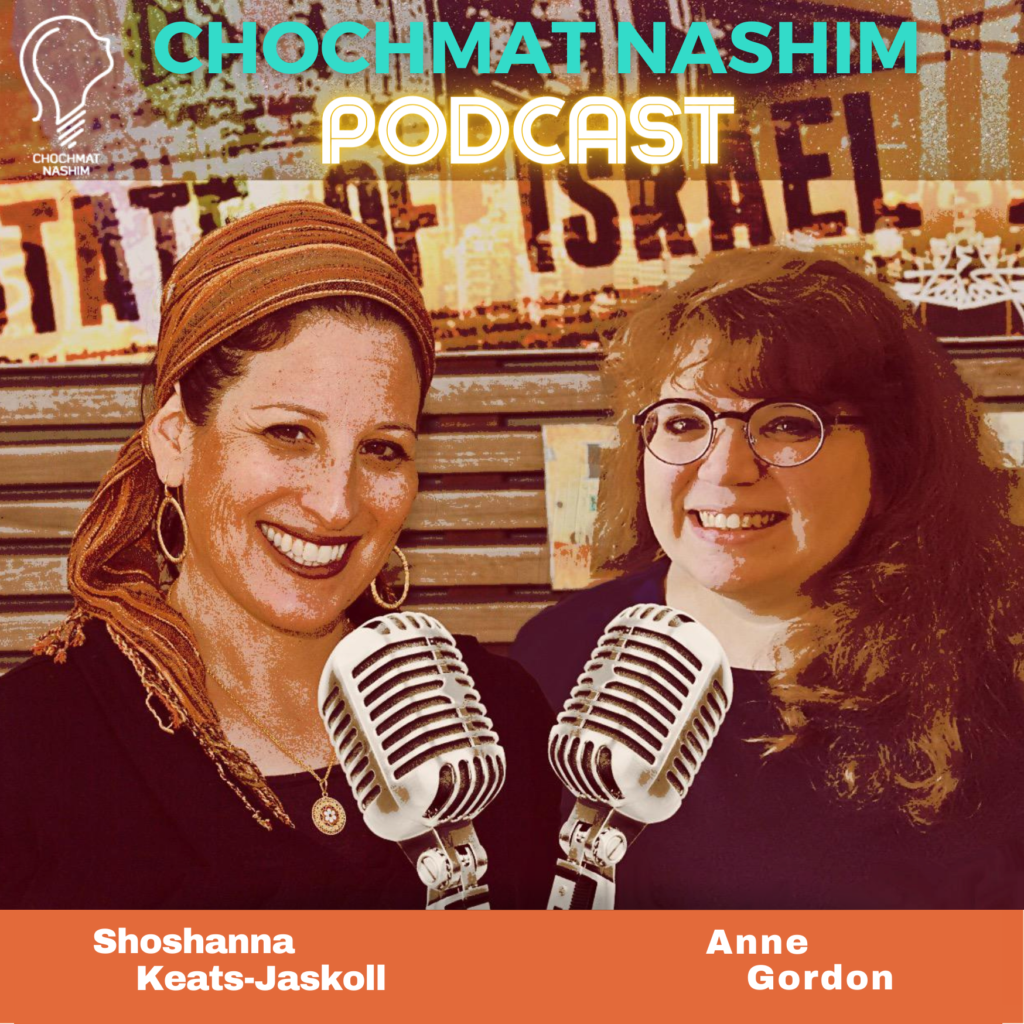Pesach prep can take your time, energy, and attention away from the spiritual aspects of seder. Anne and Shoshanna went looking for “women’s Torah” to enrich our seder experiences, and enlist Rabbanit Sara Wolkenfeld for her insights, experience, and many tips to help our seders be all they can be – without adding much prep time.
https://www.sefaria.org.il/collections/pictures-tell-the-passover-haggadah
https://www.sefaria.org.il/sheets/305570?lang=bi
https://www.youtube.com/watch?v=I951gyYmyZUwww.youtube.com/watch?v=I951gyYmyZU
https://www.sefaria.org.il/texts
https://www.nytimes.com/2013/03/17/fashion/the-family-stories-that-bind-us-this-life.html
Music: “Misery” by The Whips
The Chochmat Nashim Podcast: Women Talk Judaism · Taking a Seat at the Seder Table (Season 5 Episode 12)

